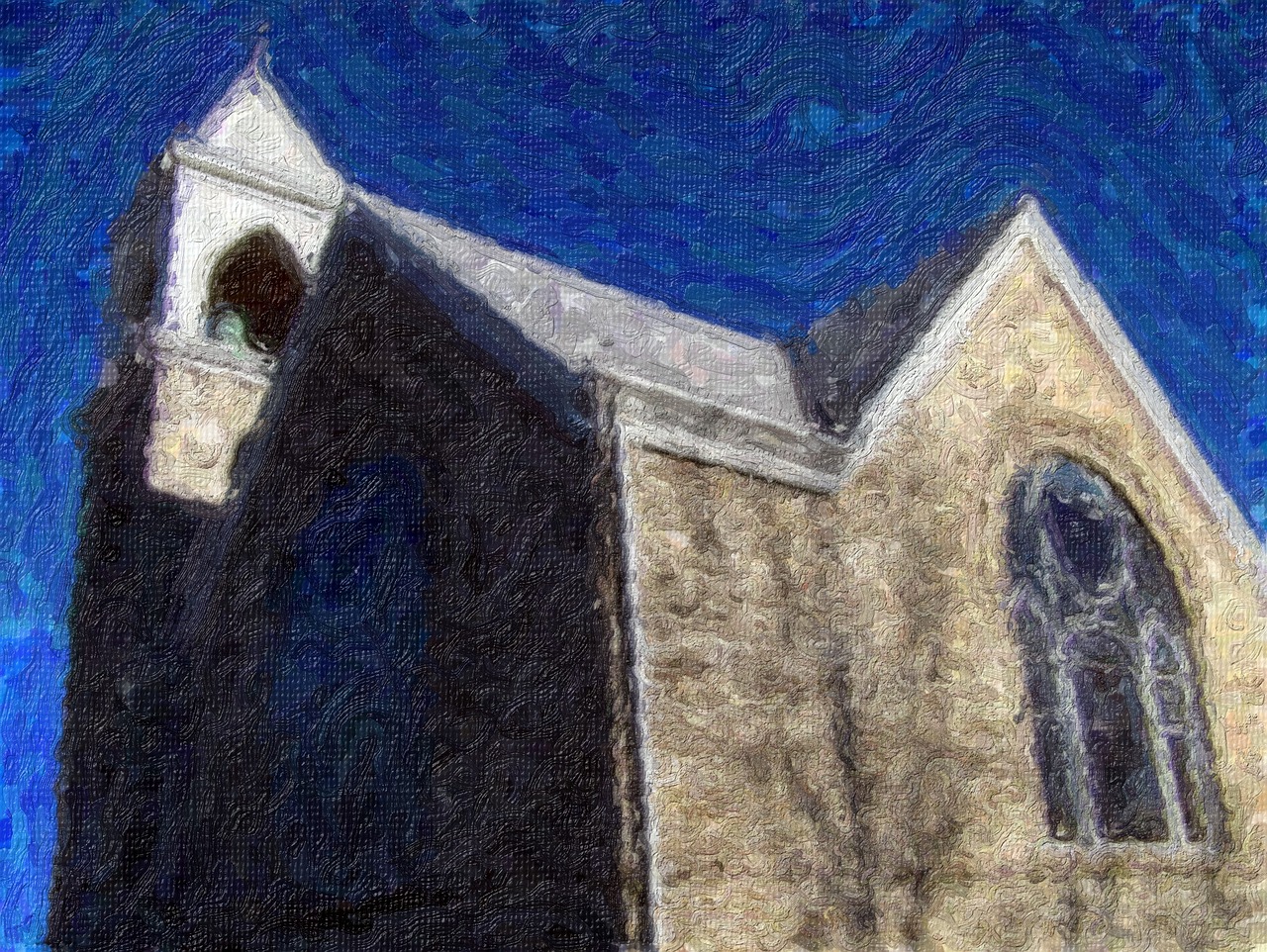Impressionism was one of the most influential art movements of the late 19th century and it had a revolutionary impact on painting. Emerging in France during the 1860s, Impressionist artists broke with tradition and painted scenes of modern life in a radical new style. This article will examine the key characteristics of Impressionist art and explore the origins, major artists, and influence of this groundbreaking movement.

What is Impressionism Art?
So, what is impressionism art? Impressionism was a 19th-century artistic movement that focused on depicting the fleeting moments and visual impressions of a scene. Impressionist paintings often feature loose, visible brushstrokes and bright colours. Scenes of everyday modern life were captured using newly invented portable paint tubes and synthetic pigments that allowed artists to paint outdoors (en plein air). The style was a major break from traditional academic painting and realistic depictions preferred by the establishment.
When and Where Did Impressionism Begin?
Impressionism originated in France during the 1860s. A group of young painters, including Claude Monet, Pierre-Auguste Renoir, and Frederic Bazille, would meet in Paris cafes to discuss their reactions to paintings exhibited at the Paris Salon. They began using lighter and looser brush strokes to capture their “impressions” of scenes. In 1874, a group exhibition was held where Monet exhibited his iconic painting Impression, Sunrise. Art critic Louis Leroy negatively reviewed the show and mockingly dubbed the artists “Impressionists”, but the name stuck.
Key Impressionist Artists
Several painters were central to launching and developing the style. Here are some of the most renowned Impressionists:
- Claude Monet: Considered a founder and leader of Impressionism. Famous for his series paintings depicting the same scene multiple times under different lighting. Water Lilies and Haystacks are iconic examples.
- Pierre-Auguste Renoir: Focused on figures and portraits with a soft, fluid style. Depicted everyday scenes of middle and upper-class leisure like boating parties, dancing, and luncheons.
- Edgar Degas: Known for paintings and sculptures of dancers and nudes. Often captured candid moments and unusual angles. Pastel colours and loose brushwork evoked energy and movement.
- Camille Pissarro: Painted rural landscapes and village scenes. Used colourful, visible brushstrokes. Influenced by scientific colour theory.
- Alfred Sisley: Specialised in landscapes of the countryside around Paris and the River Seine. Focused on changing effects of light and seasons.
- Berthe Morisot: One of the few female Impressionists. Her innovative depictions of women at leisure in domestic settings were important contributions.
Defining Features of Impressionist Painting
Impressionist works departed from classical styles and broke many established painting “rules”. Here are some defining features:
- Real-life subject matter: Scenes of modern urban and rural life rather than historical, religious or mythological themes.
- En plein air painting: Painting outdoors to capture natural light versus studio work. Portable easels and paint tubes facilitated this.
- Loose, visible brushwork: Thick, visible strokes rather than smooth blends. Conveyed spontaneity and the artist’s presence.
- Bright, pure colours: Vivid hues created a sense of radiance. New synthetic pigments provided a wider colour range.
- Compositional innovation: Asymmetric arrangements, unusual vantage points like close-ups and cropped scenes. Captured spontaneity of the moment.
Impressionism’s Influence and Legacy
While controversial at first, Impressionism soon gained widespread acceptance and influence. It paved the way for later avant-garde movements like Post-Impressionism, Cubism, and Abstract Expressionism. Some key impacts include:
- Impressionist techniques inspired more artist experimentation with colour, light, and brushwork. Its influence is evident in works by Van Gogh, Cezanne, Matisse, and beyond.
- It shifted the importance of the subject matter from historical/allegorical to scenes of contemporary life.
- Painting en plein air became widely practiced. Its aim to capture ephemeral effects directly from observation influenced following generations.
- It highlighted the artist’s individual perception of a scene over replication of visual reality. This emphasis on subjective vision formed the basis for later Modernist movements.
- The rise of Impressionism within an increasingly industrial and urbanised society launched a broader examination of the modern experience that carried through the 20th century and beyond.
- Impressionist exhibitions provided models for independent group shows outside the official Salon, shaping the avant-garde art world.
- Impressionism marked a shift away from prestigious commissions to a commercial gallery system and private dealers that gave artists more independence.
- It inspired more middle-class interest and participation in the arts and collecting. This expanded art’s audience and viability as a professional career.
Impressionism fundamentally changed approaches to colour, light, and modern subject matter in painting. Both celebrated and controversial in its time, its innovations and influence made it one of the most pivotal movements in the history and evolution of art.
Published by HOLR Magazine.


